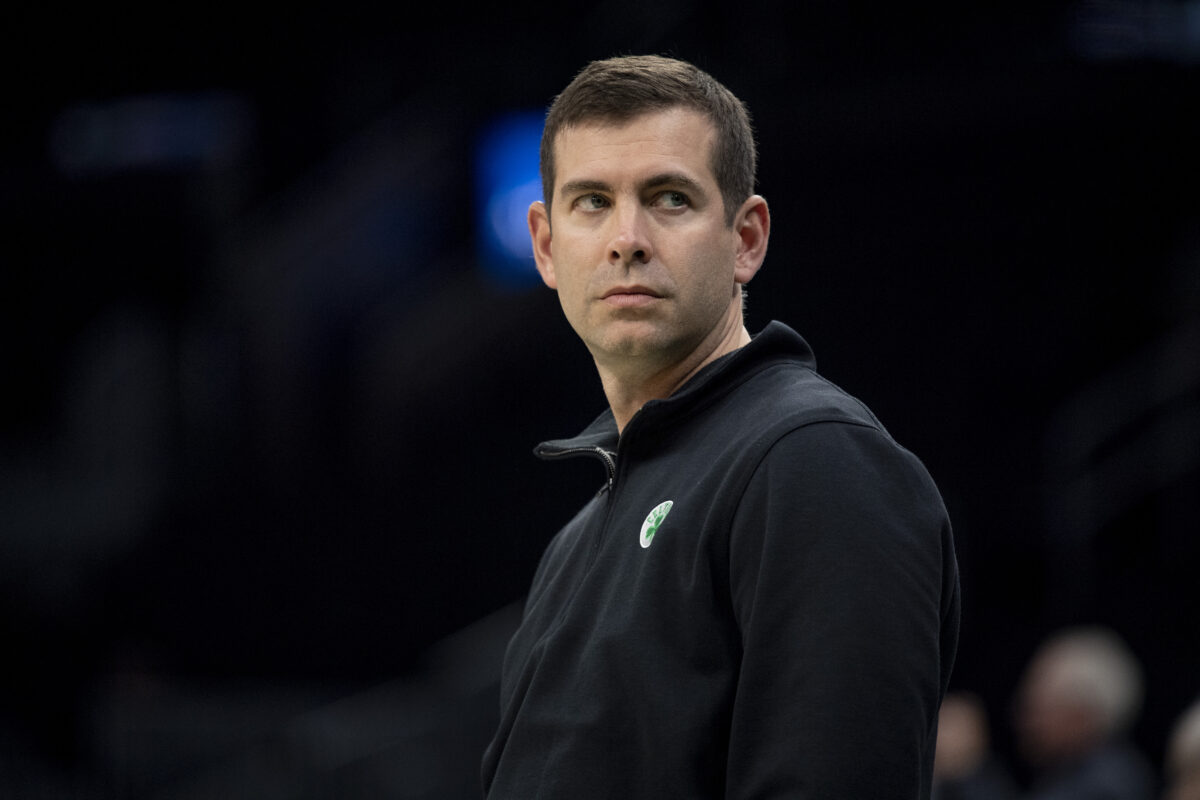The NBA may soon see the expected salary cap for the 2022-23 season rise considerably, with ESPN’s Tim Bontemps reporting it will rise from the previous projection of $112 million to $123.6 million. While the actual number is not quite yet set, the rising salary cap will affect teams around the league.
The Boston Celtics will likely see the value of their mini- mid-level exception (MLE) rise to $6.47 million from prior estimates of around $6.39 million. Over the course of a full three-year MLE contract, that would add close to a quarter of a million dollars, making such a contract just a little more attractive to prospective free agents.
Perhaps more interestingly, the news would lift the luxury tax line by about $1.5 million — and this with more news from MassLive’s Brian Robb that the Celtics are willing to make use of it.
Previewing the Boston Celtics’ 2022 Las Vegas Summer League https://t.co/QvZDgrKbXb
— The Celtics Wire (@TheCelticsWire) June 29, 2022
Per Robb’s sources, the team “plans on spending well into the tax” — welcome news to fans who have seen other ball clubs clutch the purse strongs when it comes time to contend.
Follow us on Facebook and check out the Celtics Lab podcast here.
[mm-video type=video id=01g6kjc8rejawap8ebp3 playlist_id=01eqbzegwgnrje4tv2 player_id=01eqbvq570kgj8vfs7 image=https://images2.minutemediacdn.com/image/upload/video/thumbnail/mmplus/01g6kjc8rejawap8ebp3/01g6kjc8rejawap8ebp3-4b6cf8caebfc3291c8d4bf4a1c011004.jpg]
[lawrence-related id=104969,104990,104967,104952]
[listicle id=104956]
[listicle id=104937]
[listicle id=104882]




